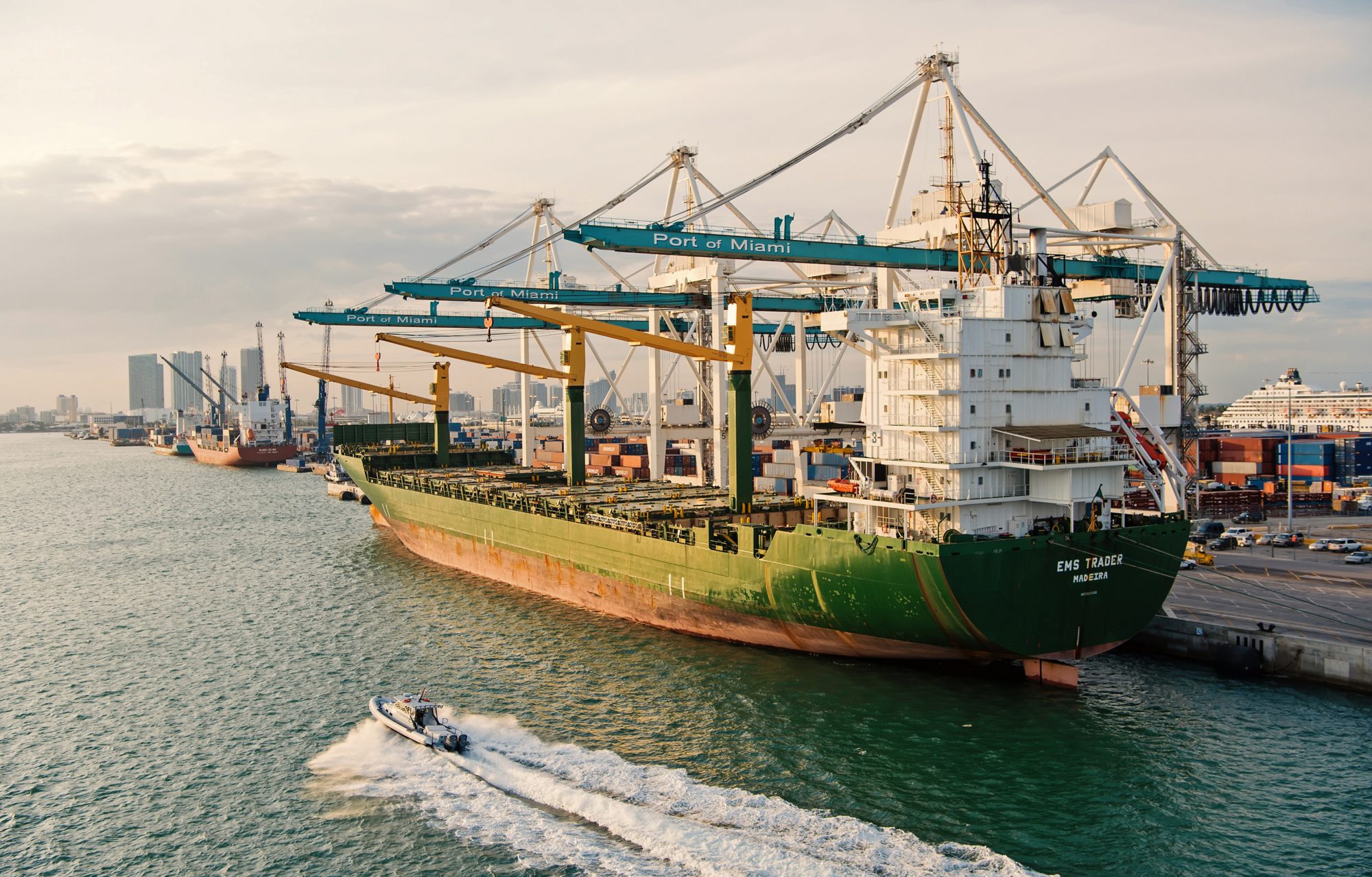August 4, 2022 Maritime Safety News
Seafarer happiness levels are trending upward after reaching a record low last quarter, according to the latest Seafarers Happiness Index report published by The Mission to Seafarers.
The survey, undertaken with the support of the Standard Club and Idwal, reports on Q2 2022 and shows that the influx of industry solutions to tackle seafarer wellbeing has finally begun to lift morale and the mindset onboard. With more vaccinations, more frequent crew changes, wage rises and new amendments to the Maritime Labor Convention (MLC), there has been a knock-on effect for seafarer optimism. However, while the data does suggest improvements, now is not the time for complacency. Overall happiness has increased from 5.85 to 7.21/10, with levels rising across all categories.
After more than two years of uncertainty caused by COVID-19, seafarers are beginning to see the light at the end of the tunnel. While it’s still not clear if we are post-pandemic or simply experiencing a COVID lull, restrictions have now eased across the globe. Seafarers are able to move more freely and have more certainty about whether they can go ashore and when they will next be able to go home. This freedom of movement has had a hugely beneficial effect on seafarer happiness and as vaccination levels also rise among crews, there is a sense of stability returning to the industry.
The survey highlighted that seafarers are happier with their shore leave and with welfare facilities when they are ashore. Now that COVID restrictions are easing, more Seafarer Centres are open and able to support seafarers with the provisions they need when ashore. The biggest contributing factor to an improvement of mood has been that the most fundamental aspect of seafaring now appears more certain – knowing when you are going home. The data from Q2 reflects that the industry is getting better at making crew changes more regularly, with 41% of seafarers onboard for between just 1 and 3 months.
There has been a marked increase in a range of areas that contribute to overall improved seafarer wellbeing. There has been a focus on social events that boost morale – including weekly gatherings, quizzes, karaoke, sports, barbecues and movie nights, with increased backing and the support of leadership; there was also a jump in seafarer satisfaction with food on board. Changes to the MLC regarding connectivity have been met with cautious optimism by seafarers who are excited at the prospect of improved communication with loved ones, yet wary of the implications of cost and quality of service. The survey shows that efforts are being made to improve seafarers’ quality of life while on board and that this focus is paying off.
This latest data shows there are signs of better things ahead for seafarers. However, any recovery in seafarer happiness should be treated delicately and can easily be lost. It is important that the industry continues the work to improve crew wellbeing and does not rest on its laurels. Our data does show there is still a way to go and there is further work to be done to reach those seafarers who are struggling, who feel lost, frustrated and are in need of help.
The Revd Canon Andrew Wright, Secretary General of The Mission to Seafarers, said, “It is great to see seafarer happiness increase after such low satisfaction in the last Seafarers Happiness Index report. As always, there is much to be learned from hearing directly from seafarers on how they feel about life at sea – the positives and negatives. By listening, we can better understand, empathise and make the necessary changes to improve seafarers’ lives and experiences.
“While it has been a difficult two years, it is nice to see some optimism return, which is largely down to the hard work the industry has done to make life better and raise spirits on board. However, there are still areas that can be improved upon, which is why it’s so critical for organisations to continue taking meaningful steps to boost seafarer happiness and crew welfare. With increased investment and thoughtful leadership, we can work together and find solutions that continue to improve the quality of life at sea for seafarers.”
Thom Herbert, Idwal Crew Welfare Advocate and Senior Marine Surveyor, added, “While there is an increase in the score this quarter, and cause for optimism, for every positive we see there are many more negatives that still need to be addressed. Hours of work and rest continue to be in conflict, and the individual instances quoted in the report indicate that this issue needs more focus. Communication with home remains a major challenge, and although it’s good to hear that there is seafarer positivity around the MLC changes, the reality is likely to be disappointing. It is good to hear reports of an increase in the number of on-board wellbeing initiatives, although, from our experience, this seems to be an exception rather than the rule. Thank you to Mission to Seafarers for keeping the reality of life at sea in focus, and we at Idwal reiterate our gratitude to seafarers all around the world who work tirelessly to ensure global trade does not come to a stop.”
Capt Yves Vandenborn, Director of Loss Prevention, Standard Club, added, “The Seafarers Happiness Index Q2 2022 results reflect an overall increase in scores. This is encouraging taking into consideration a backdrop where the world reports varying stages of success in the fight against COVID-19, and subsequently dealing with the Ukraine/Russia crisis. This uptick in the scores is a reflection that the voices of seafarers worldwide are being heard and small steps are being taken to ensure their wellbeing at sea. However, there is still much to be done and the industry cannot rest on its laurels.”
source: https://www.marinelink.com/news/seafarer-happiness-rise-498456







